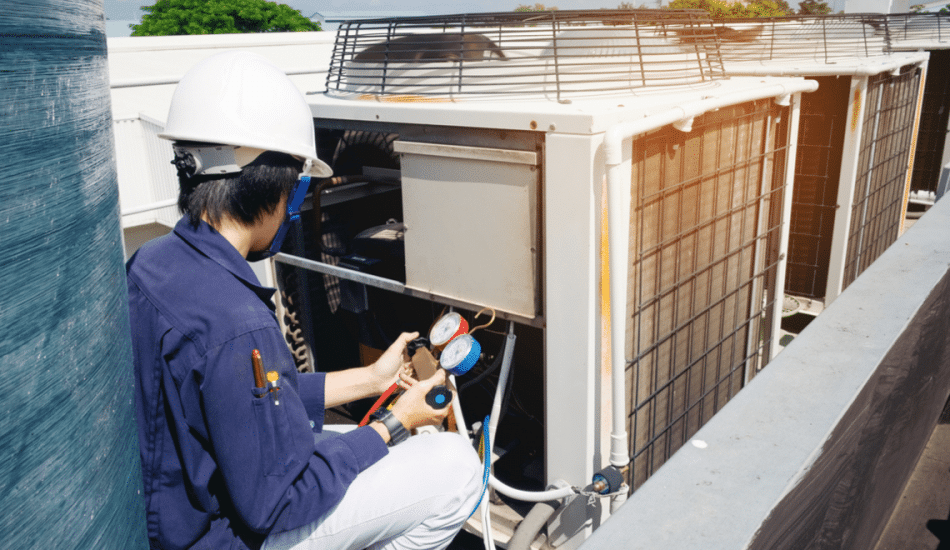Your HVAC system can be the biggest energy consumer in your facility. Currently HVAC trends are geared toward trying to lower the amount of energy used to heat and cool your facility. Engineers and scientists are currently looking for new and different ways to enhance HVAC systems to make them more energy efficient and environmentally friendly. Thanks to the recent advances in technology, the HVAC industry has a few promising options that just might make this possible.
Smart HVAC
Smart technology is growing and changing the way we use everyday items to communicate and operate. The HVAC industry is beginning to incorporate smart technology as well. In the near future these new technologies will allow HVAC systems to alert you when a repair is needed, or when its time for a routine maintenance check. Some systems will even be able to schedule their own maintenance appointments. New sensors will also soon be available in the system that will help regulate how each unit should run. All of these new technological advances will save the facility money and energy in the long run.
Design
Buildings are now being designed to sustain more than they were in the past. This new movement is being called the ‘green building design’, or ‘sustainable building design’. HVAC systems are a major component in any sustainable building design, because heating and cooling systems are the main source of energy consumption in buildings. With the new ‘sustainable design’ architects are rethinking how ventilation systems work, and are designing them to use more natural airflow to reduce energy costs. Some architects are also choosing different materials when designing buildings, that will help keep the buildings at a constant temperature, and reduce the need for a high-powered HVAC system
DeVAP HVAC
DeVAP or ‘Desiccant Enhanced Evaporative’ is a substance that absorbs water from its surroundings. DeVAP HVAC systems cool the air via an evaporative cooling system where water runs into a honeycomb like feature that absorbs the water like a sponge. Then a fan blows water through the honeycomb which causes the water to evaporate. As the water evaporates, the air becomes cooled and is released into your system. DeVAP systems can also absorb humidity from the air and provide the same kind of cool, dry air the current air conditioners offer. Not only do DeVAP systems use less energy to operate, but they also do NOT use any harmful refrigerant.
Solar HVAC
Solar HVAC systems can be installed in new construction or existing buildings. These systems use solar panels to absorb heat and light energy from the sun. For heating…thermal energy is used to heat a fluid which is then ran through a heat exchanger. This process creates heated air that will warm the building, Solar power can be used to generate electricity needed to run the system. Some new innovations might see solar cooling systems in the near future. These systems all use the evaporative cooling method, where air is cooled simply by the evaporation of contained water.
Geothermal HVAC
Geothermal HVAC systems consist of a system of pipes buried underground, called an earth loop. While the ambient air temperatures outside rise and fall with the changing seasons, ground temperatures remain constant at about six feet below the surface. Geothermal heating and cooling uses this temperature consistency to heat and cool buildings. Water runs through underground pipes and is then heated (or cooled) by the ground’s constant temperature. An indoor Geothermal HVAC systems use a fan, compressor and pump to deliver air through the building.
For information on how a process chiller from Legacy can benefit your HVAC systems, visit us online at www.legacychillers.com.

